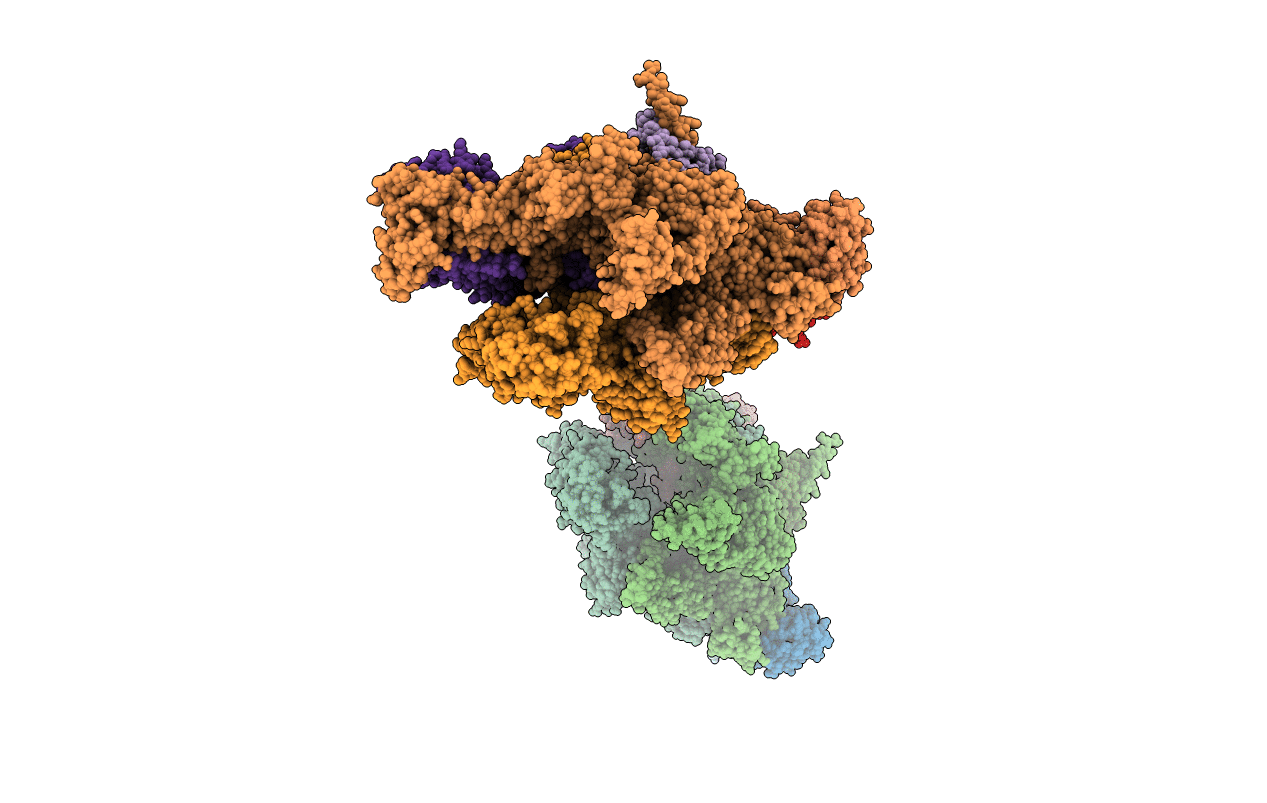
Deposition Date
2008-09-30
Release Date
2008-10-28
Last Version Date
2023-09-06
Entry Detail
PDB ID:
3EQL
Keywords:
Title:
Crystal structure of the T. Thermophilus RNA polymerase holoenzyme in complex with antibiotic myxopyronin
Biological Source:
Source Organism:
Thermus thermophilus (Taxon ID: 274)
Method Details:
Experimental Method:
Resolution:
2.70 Å
R-Value Free:
0.27
R-Value Work:
0.24
R-Value Observed:
0.24
Space Group:
P 32


